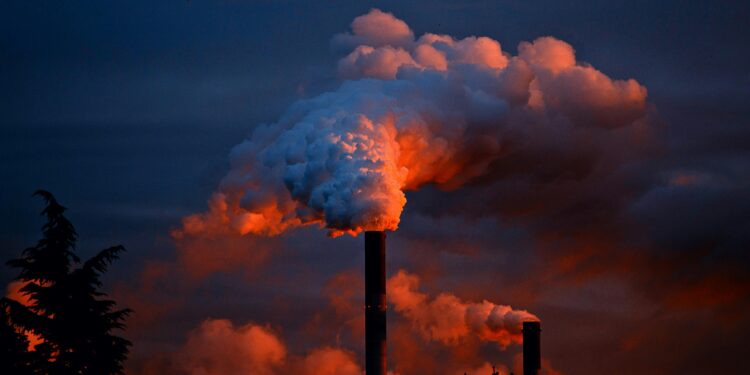In the grand narrative of American progress, there’s an often-overlooked chapter stained by environmental degradation and exploitation. From coast to coast, the land bears the scars of industrial ambition and unchecked growth. This blog delves into the complex history of environmental destruction in the United States, examining how past actions continue to shape our present environmental challenges.
The Industrial Revolution: Igniting the Flames of Pollution
The industrial revolution of the 19th century ignited America’s rapid transformation into an economic powerhouse but also left a legacy of environmental ruin. Factories belched thick smoke into the air, rivers ran black with industrial waste, and forests were felled at an alarming rate. The pursuit of progress was often synonymous with environmental exploitation, with little regard for the long-term consequences.
Manifest Destiny and Nature’s Toll
Manifest Destiny, the belief that settlers were destined to expand across the continent, fueled a relentless push westward. This expansionist fervor exacted a heavy toll on the environment. Bison were slaughtered en masse, forests were clear-cut for timber, and native habitats were disrupted irreversibly. The exploitation of natural resources fueled economic growth but at the expense of biodiversity and ecological balance.
The Tragedy of Love Canal and the Awakening
In the late 1970s, the nation was jolted by the crisis at Love Canal, a neighborhood built on top of a toxic waste dump in Niagara Falls, New York. Residents reported alarming rates of health issues attributed to chemical exposure. Love Canal became a symbol of the hidden environmental hazards lurking beneath America’s communities. This tragedy marked a turning point, prompting the establishment of environmental protection laws such as the Comprehensive Environmental Response, Compensation, and Liability Act (CERCLA).
Rivers on Fire: The Cuyahoga River and the Birth of the EPA
The image of the Cuyahoga River in Ohio catching fire in 1969 shocked the nation. This infamous event highlighted the dire state of America’s waterways. In response, President Nixon established the Environmental Protection Agency (EPA) in 1970, ushering in a new era of environmental awareness and regulation. The EPA was tasked with safeguarding public health and the environment, heralding a shift towards greater accountability for polluters.
The Ongoing Battle: Climate Change and Conservation
Today, America faces a new frontier in environmental stewardship. Climate change looms as a defining challenge of our time, fueled by decades of carbon emissions and industrial practices. The imperative to protect and conserve natural resources has never been greater. Initiatives like the Green New Deal propose ambitious solutions to tackle climate change while creating green jobs and investing in sustainable infrastructure.
Conclusion: A Call to Action
As we confront America’s history of environmental destruction, we are reminded that the past is prologue. Our collective future hinges on decisive action to address the environmental challenges we face. It requires reevaluating our relationship with nature, embracing sustainable practices, and holding polluters accountable. By learning from history and taking meaningful steps towards conservation, we can forge a more sustainable path forward—one that respects the land, air, and water that sustain us all.













Recent Comments